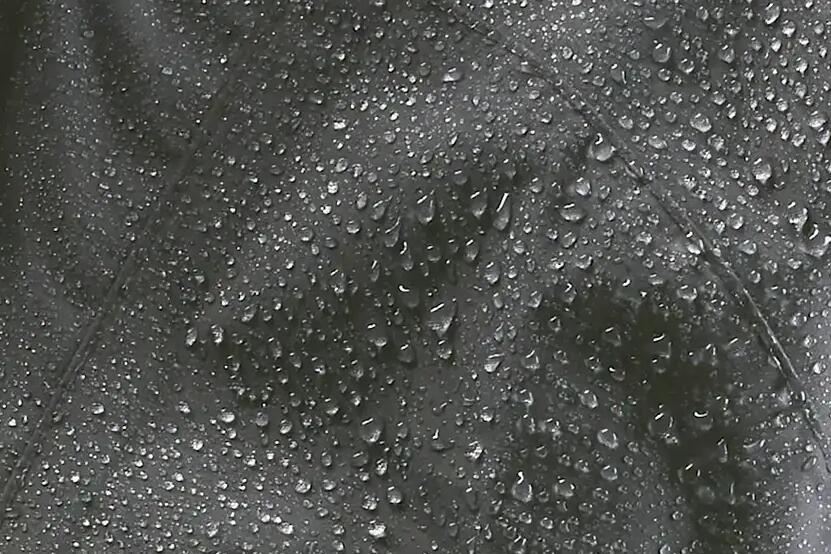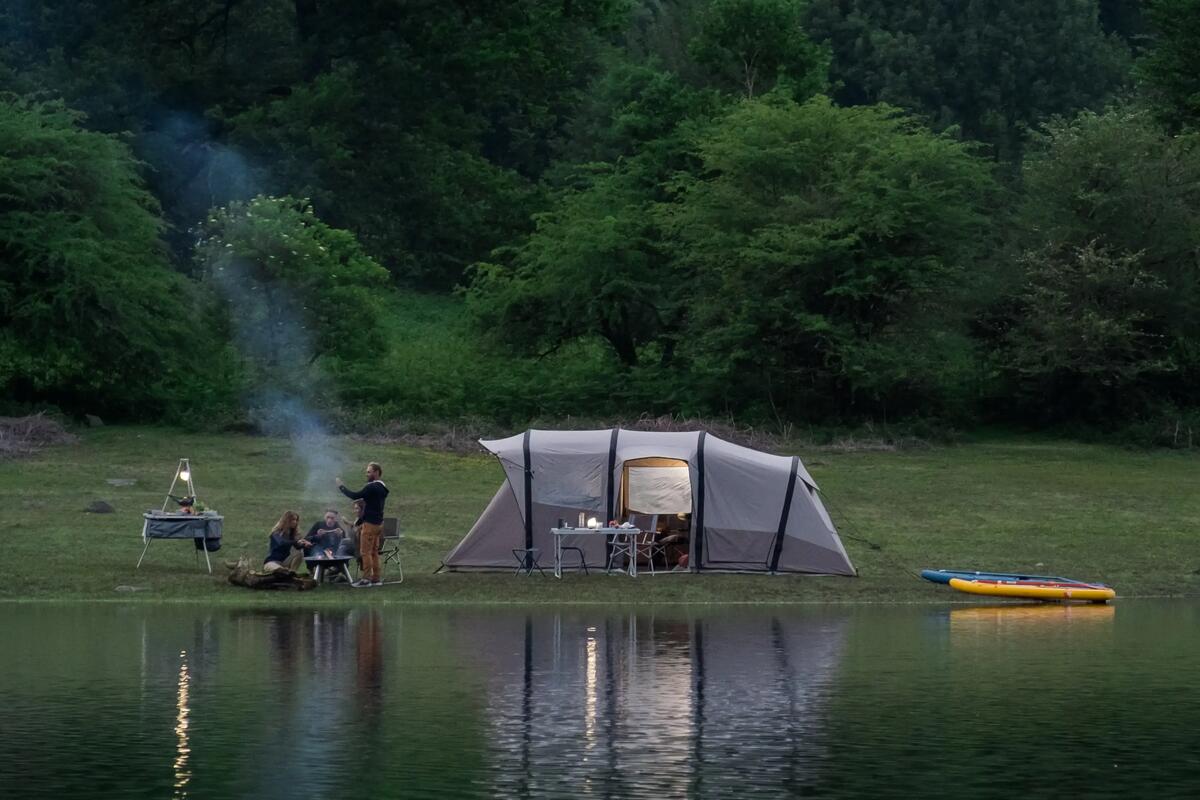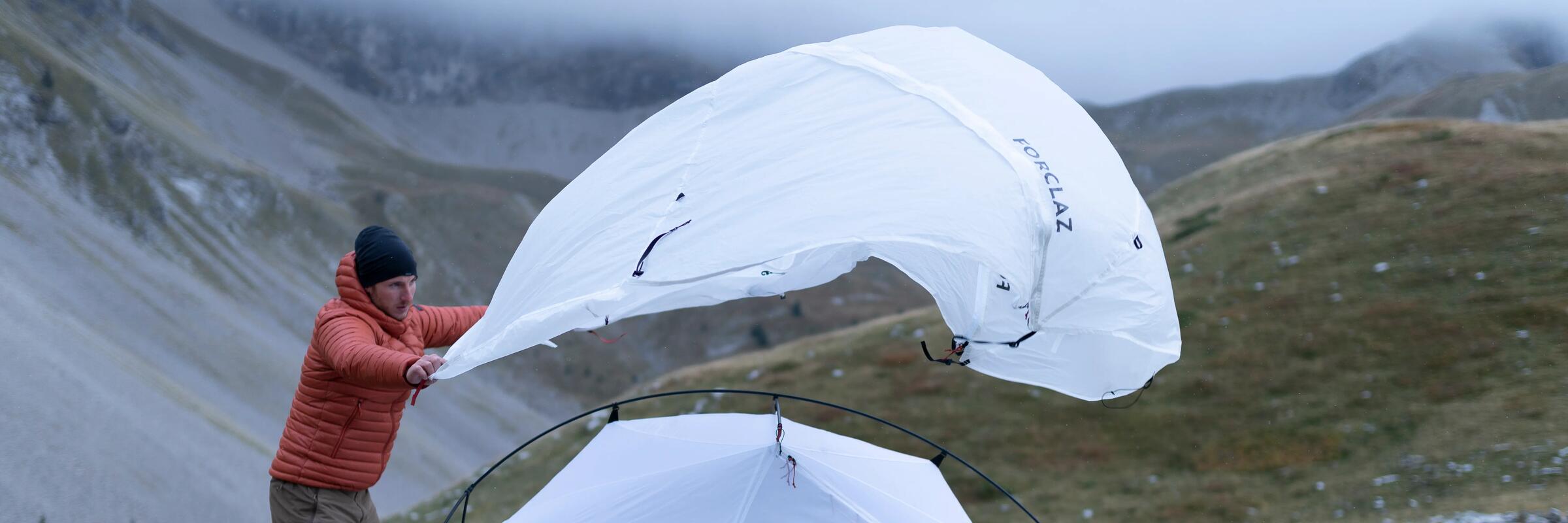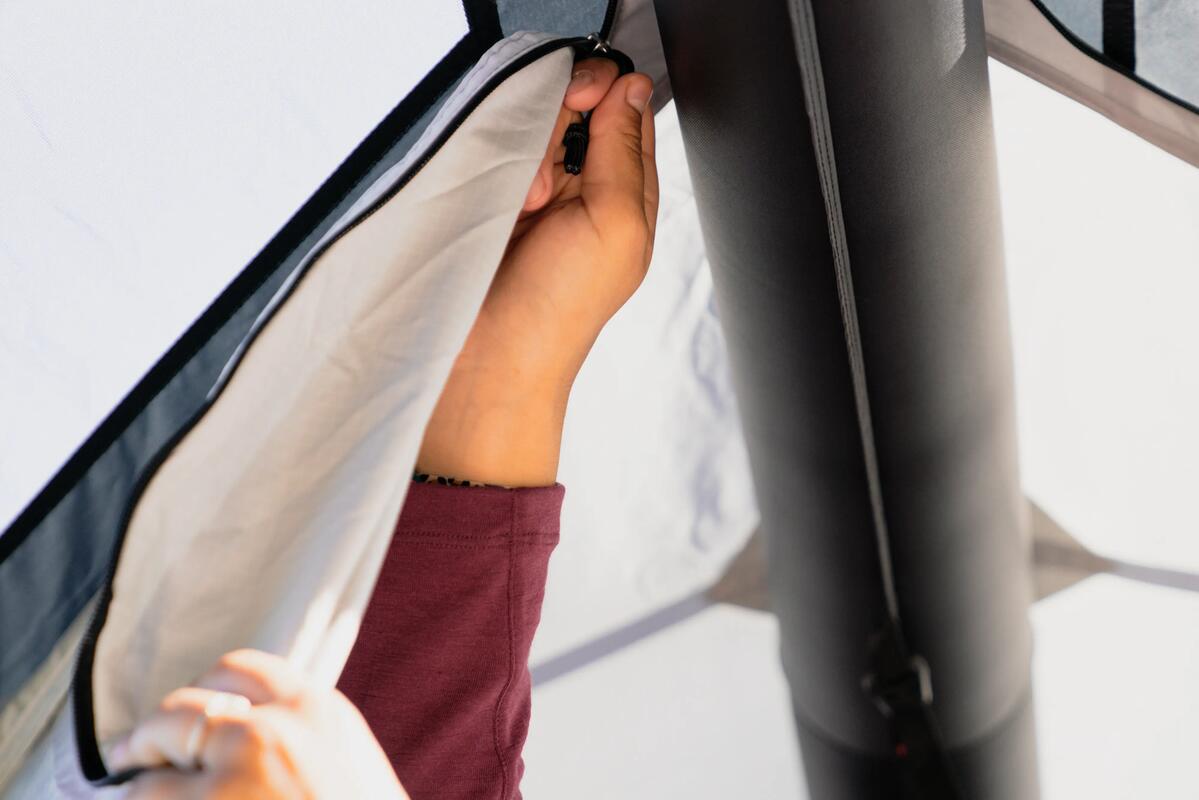
How to prevent condensation in tents?
In my set up, what should I do if condensation has formed on the inner bedroom walls? Is it still waterproof?
We'll explain how condensation forms in a tent, but more importantly, how to prevent it or get rid of
it.
What is condensation in a camping, bivouac, or trekking tent?
Condensation is a natural occurrence. Moisture from the ambient air condenses and is
deposited on the inner bedroom wall of the tent once the wall's fabric is colder than the inside of the
tent.
Condensation occurs at dew point or "dew temperature", the temperature at which air condenses to form
drops of water. This temperature varies depending on pressure and ambient moisture.

Certain factors encourage the appearance of condensation and moisture in the tent and on the canvas:
- When the warm air that has accumulated in the tent during the day continues into the evening, while the outside temperature has dropped. Solution:ventilate the tent.
- When it has rained all day and the air and the ground are full of moisture.
- When water is heated in the tent:the resulting heat and water vapour make it worse.
- Moisture from breathing can cause vapour.
- Body heat.
- Direct exposure of the tent to sunlight.

How to prevent condensation in a tent?
- When pitching the tent, make sure that the flysheet doesn't touch the bedroom wall.
- Take care with the tension of the canvas. Not too much or too little. The aim is to avoid the formation of folds: they channel the condensation and allow drops of water to form.
- Completely open all ventilation in the tent, even when it rains. Leave a good gap between the ground and the bottom of the flysheet so that air flows from the bottom to the top of the tent.
- Pitch your tent in a shady spot so that it is never in direct sunlight (the surface of the flysheet points to the sky and loses heat when the sky is clear) .The result: the flysheet gets colder than the outside air and the air inside the tent which causes condensation.
- Don’t set up your tent too close to a lake or river.
- If possible, pitch your tent in the undergrowth where the temperature and moisture are more regulated under the trees.
And finally, quick tips for preventing condensation in your tent: be careful not to stick to the tent wall when you're sleeping.

How to ventilate a tent?
To remove condensation that is already inside your tent, we recommend you wipe your tent very
gently
with a microfibre cloth.
Remember to be gentle or the moisture could soak in!
Finally, to get rid of the remaining condensation, we recommend you open the tent door
for
ventilation and put it in a dry place until it has dried inside.Be sure to close the
door
again in the evening otherwise the moisture will get back inside.
Condensation problems don’t means that the tent is becoming less waterproof. All our
camping
tents have been designed with particular attention paid to waterproofing.

And finally, if you want to know how to repair and maintain your tent, click
here.
Don't forget to check your tent’s condition before departure. This will avoid any unpleasant surprises once
you
arrive at your campsite!